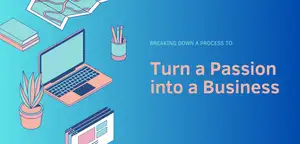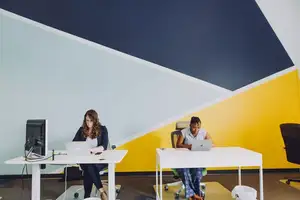
How Improved Creative Thinking Leads to Making More Money
I have been in the business of creative communications for more than 30 years. I started as an ad copywriter and now wear many different creative hats: I became an account manager, a layout artist, a creative director, a media planner, and a marketing communications consultant.
I have learned how being more creative can lead to more opportunities to make money. So, whenever there’s an opportunity to improve my creativity and learn from new experiences, count me in.
Improve Your Creative Thinking - 13 minute read
You might say that I am a creative person, and creative thinking comes naturally to me. But is creativity confined to people like me? What about people who don't consider themselves "creative" or artists? Can’t they be creative too?
This is not an idle question that just stops at self-reflection.
We (you and me) need to understand our creative gifts and the way that the creative process works, because improved creative thinking can lead us to making a better world and possibly making money. (share with the world)
There are real opportunities for creative people, especially professionals who have creative majors or degrees or education to make money.
Everyone That Solves Problems Is Creative
Many people think that creativity is something you have or you don’t. Thinking that only a certain people are creative is a very simplistic view that will lead you to believe that you are not creative and don’t use creative thinking. Nothing can be farther from the truth!
Whether you’re working in an office, or in a shop, or practicing your profession, you are most likely creative in how you approach your day’s work.
Creativity is about going through a process to find solutions to problems. (share with the world)
Think about it. Masterpieces of artwork are about solving a problem of how to communicate ideas, or allowing artists to express themselves, or facilitate an experience for the audience.
Creative thinking is about how you find ways to solve a problem—big or small, no matter how mundane, like rearranging your desk or finding new ways to work, or even solving sudoku. Dismissing small improvements as not creative has made us jaded about our own levels of creativity.
But if you take a second look at these activities, you’d be surprised that you have exercised a “little” bit of imagination. Why? Because it takes creativity to rearrange your desk, to organize it to be better than it was before. It takes creativity to find new ways to approach your daily tasks, to break the monotony of it all. It takes creativity to solve a sudoku puzzle, trying to fit in the numbers to arrive at the correct solution.
We are all creative. We are all born creative.
☝🏽 back to top.
Tapping Into Your Creativity
More than just creating masterpieces or finding the next big thing, creativity is how you recognize opportunities to satisfy your creative expression. What you need to do is to be able to tap into your creativity so you can open doors of opportunities.
Once you've tapped into your creative mind, you will discover how much potential you have. You will free yourself from the confines of the usual, the tested, and the ordinary. (share with the world)

Here Are Some Ways to Tap Into Your Creative Genius:
- Keep a journal. You might think this is too juvenile, but it works! More than expressing yourself, writing things down forces you to think about issues more clearly, paving that way for new ideas!
I have been keeping a journal for ten years now, and it has given me new perspectives about work and life in general. You will also see new patterns emerge that you didn't see before that will give you direction to move forward with improvements and innovation. - Have more fun. Games that will stimulate your imagination are highly encouraged. From puzzle-solving to brain teasers to Lego…take your pick! Video games (in short breaks) may also do the trick.
There are countless video and mobile apps designed to enhance and stimulate creativity, examples of which are Dots, Jigsaw Puzzle, and Cross Fingers.
You can also ask other people to collaborate with new approaches to stimulate new ideas, and new ideas are always fun. - Break the monotony. All work and no play make Jack or Jill dull. Why? Because you’re on autopilot! Your brain has been programmed to do the routine to a point that you don’t think about it anymore.
You need to stimulate your thinking process. Start with small things. Like if you go to work using the same route take a new one path, exercise a new way or with new people, open yourself to new experiences. - Let the ideas simmer. Sometimes you can stew on a problem and fixate on certain ideas too long that your mind will get overwhelmed and become less creative. You could even sense yourself getting frustrated.
In these cases, sometimes it’s effective to go to bed or take a nap or circle back to the idea a few days later. You will be able to revisit the problem with more energy and new focus.
There are other ways to stimulate creativity aside from the ones mentioned above. Some find that “me time” helps a lot. By isolating yourself for at least a few hours (some even a day!), you meditate and unplug. It makes them take stock of themselves, think, and recharge.
Others read books as a form of relaxation. Physical exercise, especially jogging or walking outdoors, can do wonders to stimulate your creativity. Exercise can give you more energy to look for a different perspective.
☝🏽 back to top.
Improving Your Creative Thinking Process
Process, you say? Aren’t we overthinking things to say that creativity is a process? Not really. As I mentioned, we are all creative, but most of us don’t know that we are—yet.
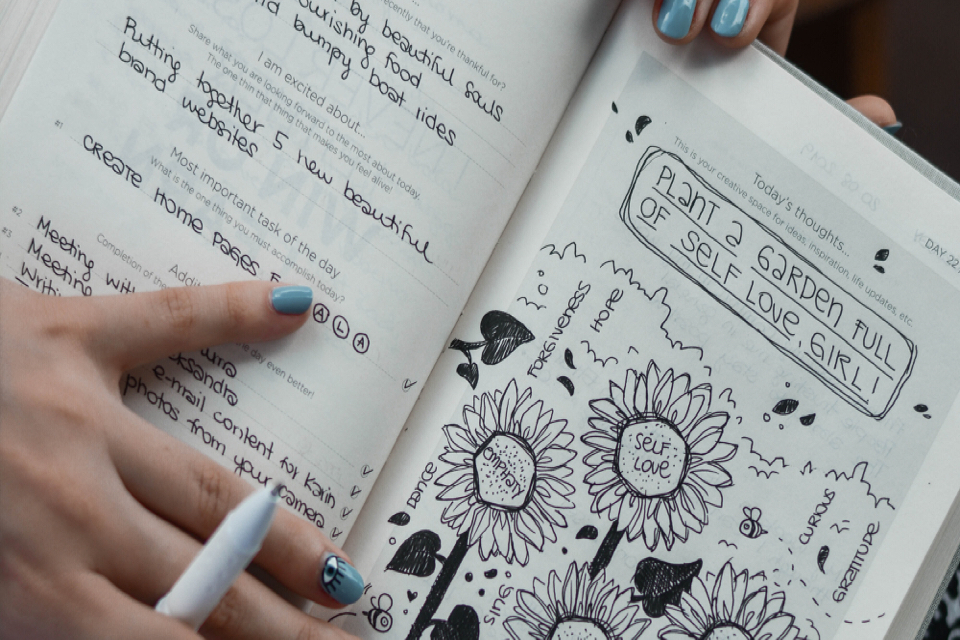
Understanding the creative process will make you aware that you are, indeed, getting into that creative thinking mode and see creativity come out of the process. (share with the world)
Once you know the steps that go into the creative thinking process, you can begin improving it.
- Gather information. When faced with a situation where you need to come to a decision, preparation is essential. Start by asking as many questions as you can think of. Gather old and new material that will help you come to a solution. Inundate yourself with a myriad of information about the challenge at hand.
- Initial assessment. The problem at hand may have an obvious solution. But that should not stop you from coming up with the best solution (that’s why you gathered information in Step 1). Situations also change, so is the standard answer not the right answer anymore?
- Brainstorm. Bounce off ideas with your colleagues or friends. They have different perspectives that might help unlock the best possible solution for the challenge at hand. Look for different approaches from different industries. Check the internet for other people’s approaches and feedback for more insights.
- Identify connections. Think about how two or more topics are associated. Finding a relationship between ideas can help in understanding core issues and developing several solutions. List these combined ideas and discard those that don’t relate, and circle the core issue.
- Apply the solutions. Testing your solutions is one way to determine which is the best one. You can then identify which solutions need improvements. The importance of testing the solutions is you can measure the results. You can calibrate them accordingly as you see fit and choose the best one. Be sure to update that journal with your findings and feedback.
Now that you know the steps, you can identify which parts of the process you need to improve on. For instance, when you gather information, what are your go-to sources? Google? Wikipedia? You can do better! Does your initial assessment call for more ideas?
You might be thinking of the most obvious way to go about it. But to be creative, you should think out of the box! Are you testing your ideas with the same group? Why not brainstorm with a new one?
When you’ve mastered these steps, the process becomes easier and more effective. Practice makes perfect!
☝🏽 back to top.
Creative Thinking That Leads To More Money
Now let’s get to the business side of creativity. Thinking of ways and means to earn additional income takes a lot of creative thinking for some. They dwell on some possibilities but they end up accepting simple side jobs to earn extra.
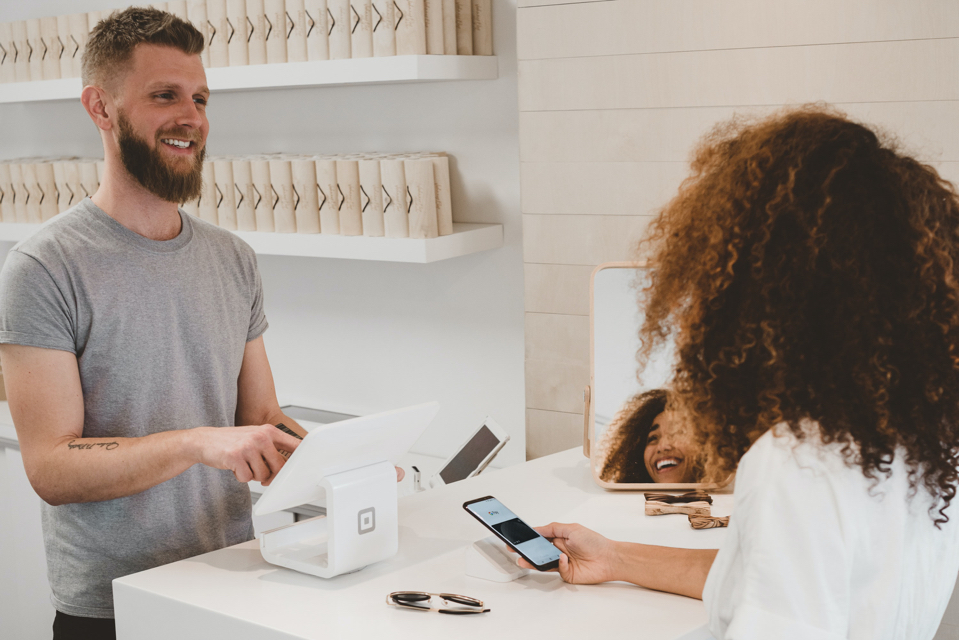
For others, creative thinking comes easy when looking for the means to earn more. They just choose to play on their strengths and take on side jobs that are a perfect fit for their skills—and make more—which is usually the case for a lot of freelancers and entrepreneurs.
In my experience as a creative communication practitioner, my creative thinking process has led me to take on jobs that have to do with my inherent skills: copywriting, editing, proofreading, content writing, press releases, etc.
I did not dwell on skills that I am not strong at—such as selling. Selling is the go-to solution of many if they want to earn extra.
The key to earning more is to be creative with what you are strong at. Using your creative powers to make money may or may not have something to do with your current job!
Creative thinking has led many freelancers and entrepreneurs to prosperity and success. That’s because they have found a job they love doing.
Doing what you love gives you energy and powers more creative thinking. (share with the world)
And when you love what you do, you will never have to work a day in your life. Now isn’t that the perfect solution when you use creative thinking?
Creative thinking can also help you save money and live better too.
☝🏽 back to top.
Suzette’s Creative Thinking Started a Side Business
Here’s a short story about a friend. Her name is Suzette. She used a lot of creative thinking when she shifted careers. Suzette was a human resources manager for a pet food company.
As an HR manager, Suzette’s employee engagement techniques were commendable. Over the course of several years, you can just imagine every design she comes up with to effectively engage the employees (recognition, gifts, competitions, awards, etc.) Everybody loved her.
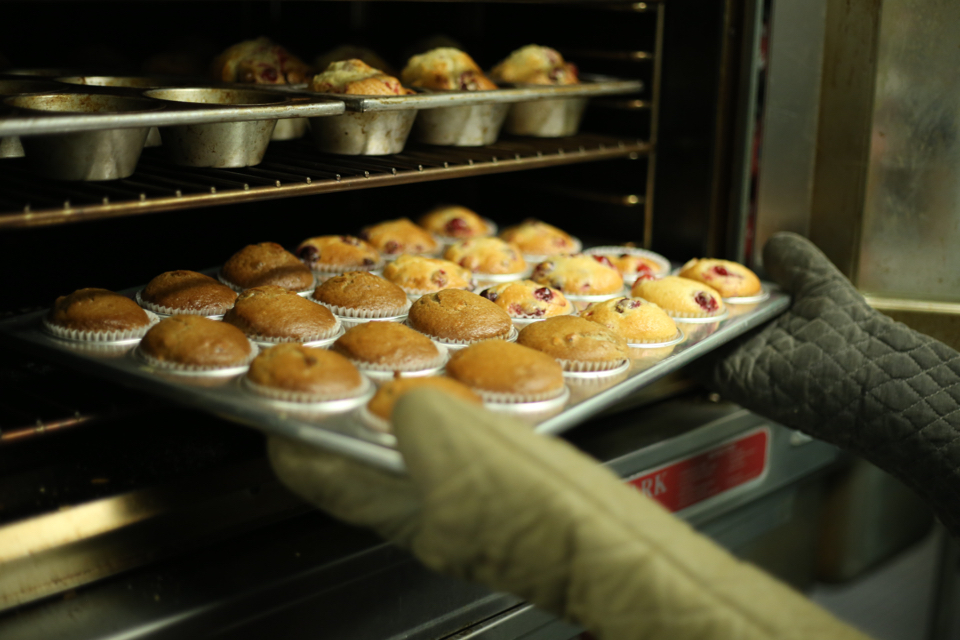
Suzette loved baking cookies with a passion. She used to bring to work different types of cookies she made. Her blueberry cookies were to die for! People were asking where she bought them and she happily says she made them. Was she taking orders? “Sometimes”, she said.
Then the pandemic happened. Who’d have thought that while everyone’s in lockdown, Suzette was able to identify an opportunity---a money-making one---because of her creative thinking?
The possibility of losing her job and the difficulty of finding one during the pandemic made Suzette think about what her options were. She loves what she does as an HR manager.
While the standard answer for Suzette’s situation was to look for another HR job, the prospect of working in a corporate setup was not necessarily as reliable nor enticing to her anymore.
She looked within and realized that she loved baking cookies! Suzette started the creative thinking process by being reflective of her situation and talents which led her to entrepreneurship.
Suzette realized her skills in baking cookies are already proven. She knows there’s a market for it. But what types of cookies will she make? Where will she sell them? Will she have a physical store? An online cookie shop’s profitability is undoubtedly the sensible way to go.
The questions and answers and explorations of possibilities were endless. In the end, she decided on an online cookie shop. Now she’s managing her own side hustle business full-time and has said goodbye to being an HR manager.
☝🏽 back to top.
Zack’s Creative Thinking Put Businesses Together
In an online course entitled “Organizational Behavior and Human Relations” conducted by Lumen Learning, creativity is defined as “the ability to link or combine ideas in novel ways, and their unique alternatives have to be considered useful to others. Creativity is also known as divergent or lateral thinking. Lateral thinking moves away from the linear approach that’s advocated in rational decision-making.”
Zack is a repeat entrepreneur who has been hustling for more than two generations. He’s a digital marketing guy, a thinker brimming with lots of marketing ideas, and is on the lookout for the next big innovation.

At the time of this story, social media platforms were in their infancy. While having a regular day job, Zack’s been putting up businesses that deal with social media platforms and the internet of things (IoT).
Some businesses worked, some didn’t. But that did not deter him from being a serial entrepreneur; rather it taught him and prepared him his best creative ideas
Zack’s strength are his digital marketing skills which have enabled him to establish various businesses: one business that builds on multiple social rewards platforms to empower digital entrepreneurs; a company involved in evaluating tech startups to jumpstart their growth and valuation before partnering with them; a firm that positions itself as a digital marketplace where advertisers meet suppliers; an esports company; and a digital news platform for entrepreneurs, to name a few.
With such businesses tucked under his belt, Zack is living comfortably. And these things wouldn’t have happened if Zack didn’t use creative thinking.
☝🏽 back to top.
Common Characteristics of Creative Thinkers
When you think about it, creative thinkers share common characteristics. When you think about Suzette and Zack’s stories, you will find that they share the following common characteristics of a creative thinker:
- Critical thinking
- Perseverance
- Risk-taking
- Openness to learn and grow
- Learning from experience
Suzette persevered despite the pandemic. She did her research and assessment if she could put up her own online business. And so did Zack, despite some misses with some businesses he had set up.
Suzette took the risk and shifted careers to grow her online business. Zack takes risks every time he sets up a new business. Both are open to learning and growing. Both are open to new experiences. And they were rewarded in the end.
☝🏽 back to top.
Try a New Creative Process Today!
To improve our creative thinking, we should learn to go off the beaten path and explore other possibilities. Get out of your comfort zone. Surprise yourself!
The tried and tested path may provide the security of the familiar, but will always yield predictable results. When we explore new ideas, we open doors to new experiences. These experiences become our guiding posts when we make decisions.
Always remember that we are all creative, in varying degrees. It’s a matter of training your creative muscles often to achieve a high level of creative thinking.
When we exercise creative thinking at every opportunity, we will subconsciously apply it. If we find new ways to improve creativity, to enhance and further develop our creative thinking process, we sharpen our skills and find creative ways to be productive and earn more.
And part of the reward of productivity is earning money. Use your creative thinking to get yourself extra income or put up a long-lasting company.
☝🏽 back to top.

